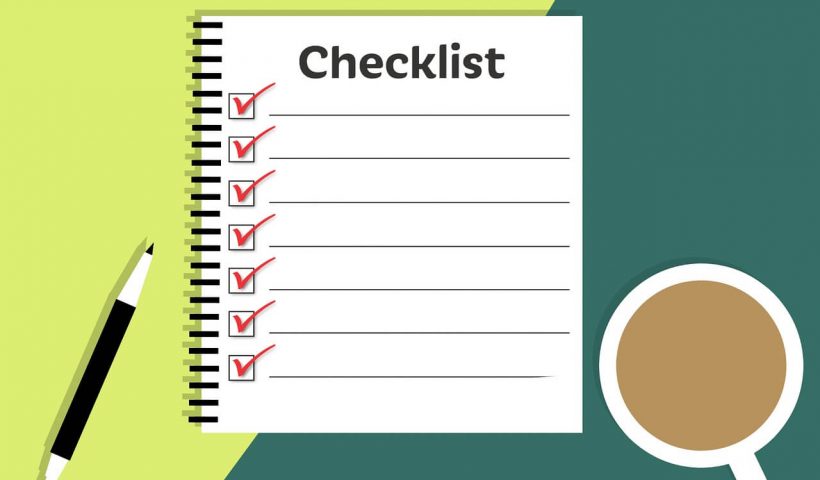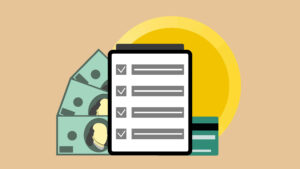Checklist - Get Ready For Making Tax Digital For VAT

Making Tax Digital has been introduced by HMRC in stages. From April 2022 all VAT registered businesses regardless of their turnover level have to comply with MTD rules. If you’re not fully familiar with what Making Tax Digital is exactly, we wrote a useful article summarising all you need to know.
As an extension of this and help for the businesses to implement the new changes and comply with the new regulations, we prepared the below checklist for Making Tax Digital for VAT. Follow the steps carefully.
1. Review your current bookkeeping processes
As Making Tax Digital for VAT requires businesses to keep certain business records electronically and submit VAT returns by using digital links, reviewing your current processes is a crucial step. Go through the below questions to see what changes you need to introduce and which areas are already compliant with Making Tax Digital for VAT.
- What system do you use for bookkeeping: a spreadsheet or accounting software?
- If accounting software, is your software compatible with Making Tax Digital, like for example Xero accounting software?
- If spreadsheet, how are the numbers are added up to submit VAT returns? Are the totals manually calculated and manually input into VAT returns forms?
2. Review available software
If you’re planning to continue doing bookkeeping using spreadsheets, you need to find a bridging software. Bridging software is software that will take the totals that go on your VAT return and send them automatically to HMRC. The one very important objective of Making Tax Digital for VAT is that figures for VAT returns can’t be manually typed as there’s a big scope for manipulation.
If you want to move from manual bookkeeping to accounting software, review available software on the market. Make sure your software is compatible with MTD. Our bookkeepers and accountants in Oxford recommend Xero. If you’d like to chat about it and have someone to help you choose the right package, contact our friendly accounting team in Oxford.
3. Communicate changes with the team
If you’re not a one-man band, you have to remember that any changes to accounting and bookkeeping processes may impact other members in your organisation. Analyse who will be affected to what extend and what processes exactly. Communicate any changes with them before you actually do anything. Make sure everyone understands why and how things will be done and explain what Making Tax Digital for VAT means. You may be also required to update any policies and procedures. Review these carefully.
4. Implement new bookkeeping processes
Whether you decide on using bridging software to comply with Making Tax Digital for VAT or move to accounting software, you need to plan the transition. We recommend not getting rid of the old system straight away. It’s better to review the new system after implementation and once everything is working well, you can completely transition to the new bookkeeping processes.
Make a list of things that have to be moved to the new system before you start doing anything and the date from when this will apply. It may be better to move the whole financial year over even if not the whole financial year is covered by the new MTD rules. It’s because at least all financial information for other tax returns will be available in one place.
5. Register with HMRC for Making Tax Digital for VAT
Even if you are already registered for VAT, you need to register for Making Tax Digital for VAT separately. Once you register, you’ll be able to submit your tax returns digitally. Although the whole digital aspect of this may seem complicated and daunting, submitting your VAT returns online will make things easier and quicker in the long run. It will also minimise errors and risks of fraud in your organisation.
6. Link your accounting software to HMRC
How this link is done will depend on which software you decide to use. Follow the instructions of your accounting software or bridging software provider. When you connect your software to HMRC, Making Tax Digital VAT returns will be very easy to submit.
7. Train your staff
Make sure your staff receives required training, so they can comply with Making TAx Digital for VAT. Yous should also make sure there’s always someone available to answer any questions. Transition period can be confusing or difficult for people, so it’s important no-one is left alone. The training will help your employees gain confidence and become experienced in the new system and bookkeeping processes. Review how the system is working regularly at the beginning and listen to any feedback.
If you need help you with the transition to Making Tax Digital for VAT, contact our accountants in Oxford.

Your Accountant in Oxford
Oxford Office
Joanna Bookkeeping
The Wheelhouse Angel Court
First Floor, Angel Court
81 St Clements St
Oxford
OX4 1AW
Connect
joanna@joannabookkeeping.co.uk
01865 591952





